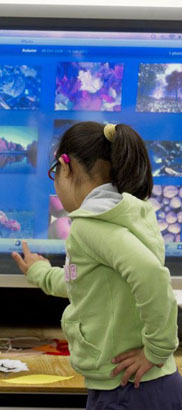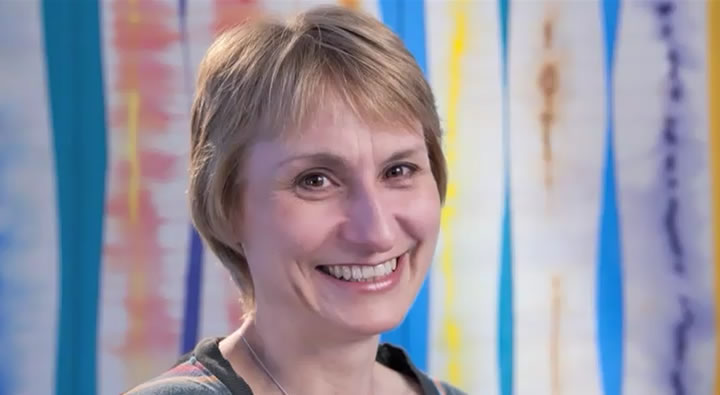For all children with a statement of SEN
the transition to adulthood and adult services should be seamless. This process involves
a range of agencies and is supported by a planning period that commences when a young
person reaches
14 years of age.
In this clip, Emma's mother, Ruth, talks about the future for her daughter. Listen out for Ruth's main concerns for Emma as she moves from school to adult services, and what the school is doing to address the transition.

Ruth is concerned about Emma's:
- Ability to communicate with people she doesn't know;
- Independence; and
- Vulnerability and safety.
The school's post-16 programme is preparing Emma for when she leaves school.
Where a child has a statement, the review in Year 9 marks the beginning of an extended review process that continues through their remaining school years.
Following the review in Year 9, a transition plan is drawn up which is then reviewed alongside the statement at all subsequent reviews.
This plan supports the young person in their transition to adulthood, through on-going and post-school provision.

Any parallel assessments conducted by social services should contribute to this review. A representative from that agency should also be in attendance.
Transition planning should be:
- Participative
- Holistic
- Supportive
(SEN Code of Practice, paragraph 9:52)
- Evolving
- Inclusive
- Collaborative
A person-centred review (1)
-
 Introducing person-centred planning01:39
Introducing person-centred planning01:39 -
 The person-centred review process02:15
The person-centred review process02:15
Listen to these audio clips. Brandon, a deputy headteacher in a special school, explains how transition planning can be built around the needs of the pupil.

You may have noticed the following. The reviews are:
- Participative – the child is at the centre of the process and fully involved throughout;
- Holistic – it looks at all aspects of the child's future life;
- Supportive – the review process supports children to plan their lives, work towards their goals and makes sure they get the support they need to do this;
- Evolving – it is an ongoing process that takes account of changes that may occur in the child's life;
- Inclusive – the reviews are based around the values of inclusion, the child is included throughout; and
- Collaborative – the reviews involve the child, parents, school staff and relevant professionals from outside the school, brought together with one focus. There is a shared commitment to enable the child to achieve their goals.
